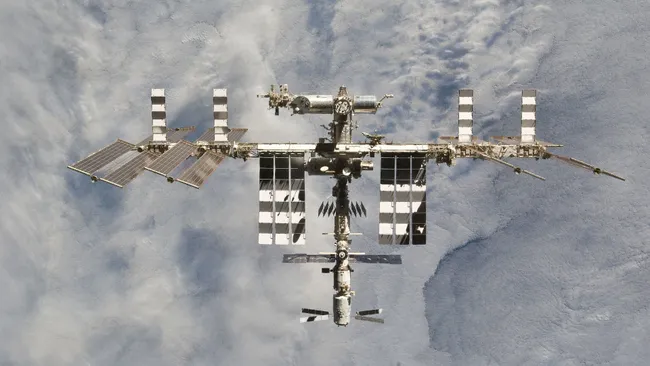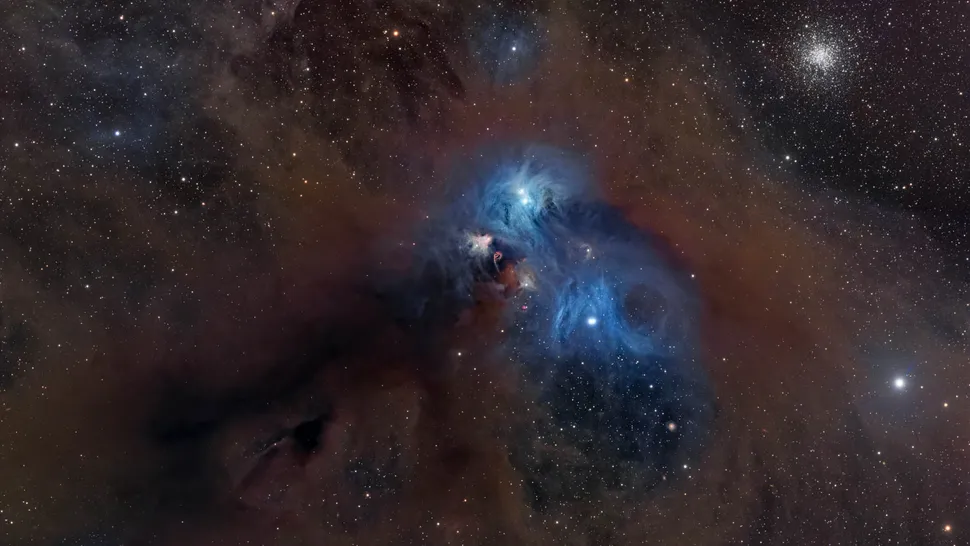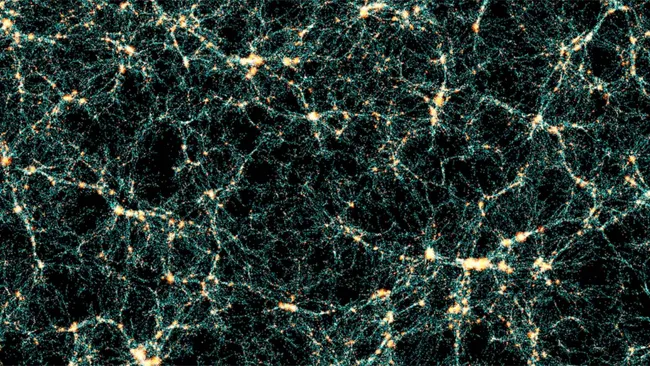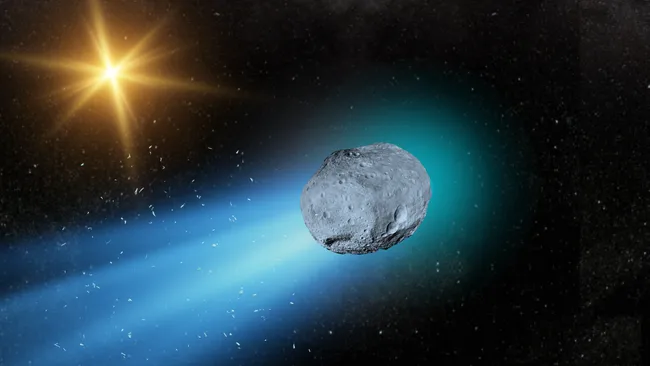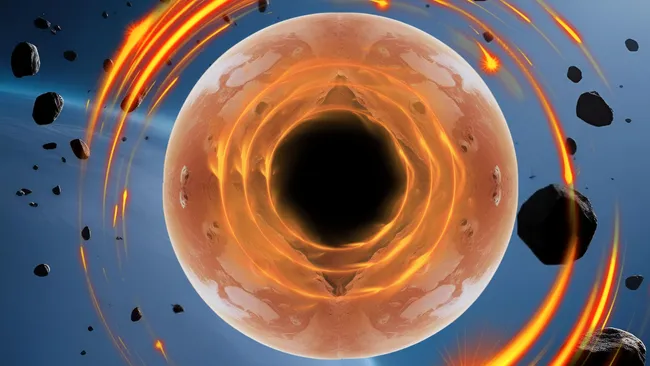This little plant is a lot tougher than it looks. Researchers recently exposed Spreading Earthmoss spores to the harsh environment of space for nine months, and the results were surprising, a new study reports.
“Most living organisms, including humans, cannot survive even briefly in the vacuum of space,” said study lead author Tomomichi Fujita, of Hokkaido University in Japan, in a statement. “However, the Moss survived 9 months outside the ISS with direct exposure. This provides striking evidence that the life that has evolved on Earth possesses, at the cellular level, intrinsic mechanisms to endure the conditions of space.”
Mosses are among the oldest plants on Earth, having evolved more than 400 million years ago. Despite lacking signature traits of more “advanced” flora (like a vascular system), many mosses are extremely hardy, thriving in extreme environments worldwide.
The Experiment and the Stunning Results
Fujita and his team selected sporophytes (the reproductive structures that produce spores) of a widespread species known as “Spreading Earthmoss.” Prior lab experiments showed that sporophytes handled space-like conditions (vacuum, microgravity, high UV radiation, and temperature swings) much better than juvenile moss and moss stem cells, identifying UV radiation as the single biggest stressor.
The selected sporophytes were launched to the International Space Station (ISS) in March 2022 aboard Northrop Grumman’s 17th Cygnus cargo spacecraft. Astronauts affixed the samples to the station’s exterior, where they remained for 283 days before returning to Earth on a Dragon cargo capsule in January 2023.
Fujita and his colleagues were stunned when they examined the space-flown spores.
“We expected almost zero survival, but the result was the opposite: Most of the spores survived,” he said. “We were genuinely astonished by the Extraordinary durability of these tiny plant cells.”
In fact, more than 80% still alive, and 89% of those survivors were able to germinate back in the lab. The team found that although spaceflight caused a 20% reduction in chlorophyll a (the main photosynthesis pigment), the spores seemed healthy despite the drop.
Indeed, the researchers developed a mathematical model suggesting the sporophytes likely could have survived much longer—5,600 days or so—in the final frontier.
Implications for Extraterrestrial Life
“This study demonstrates the astonishing resilience of life that originated on Earth,” Fujita noted, adding that this research has implications for future space journeys.
“Ultimately, we hope this work opens a new frontier toward constructing Ecosystems in extraterrestrial environments such as the Moon and Mars,” he said. “I hope that our moss research will serve as a starting point.”

